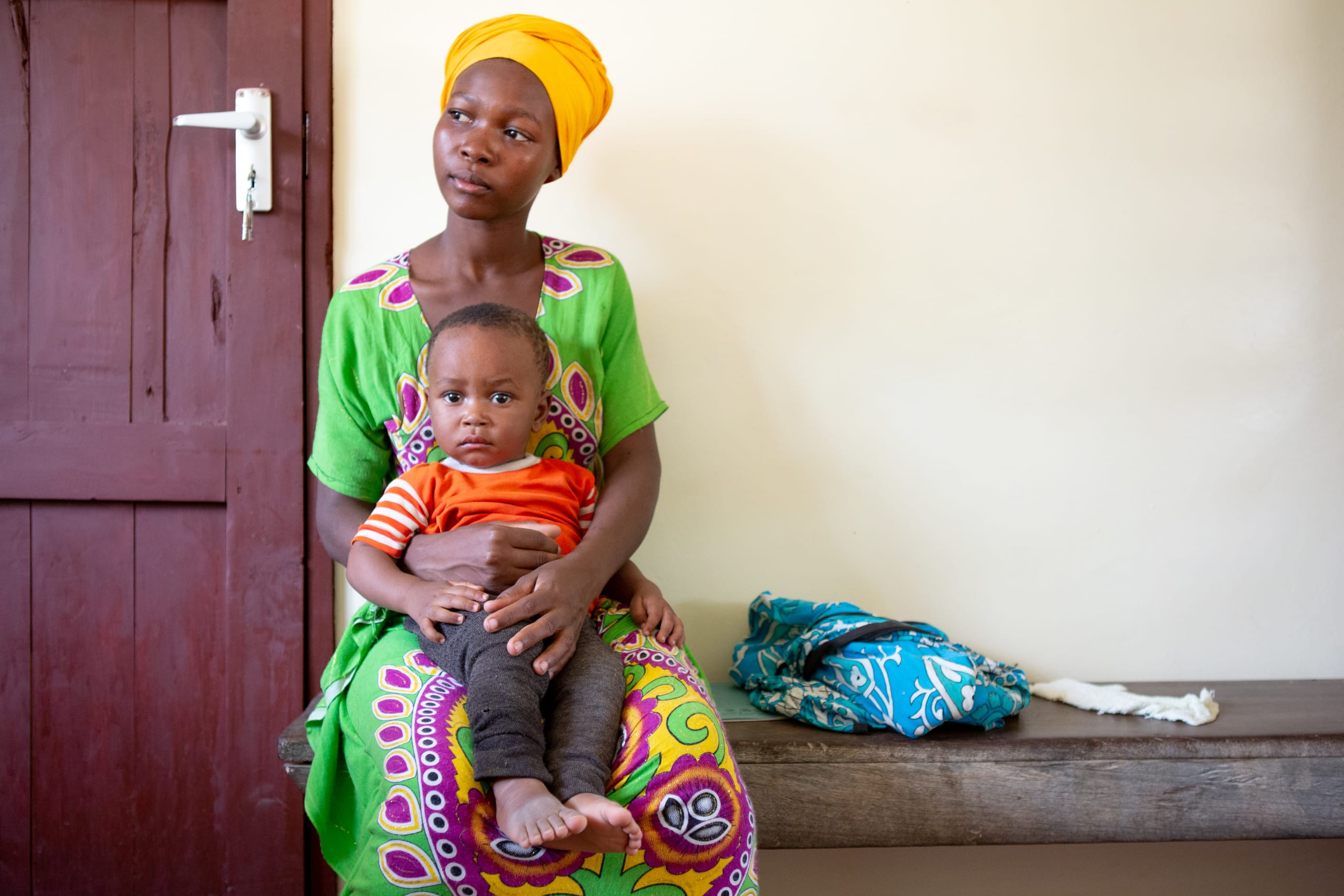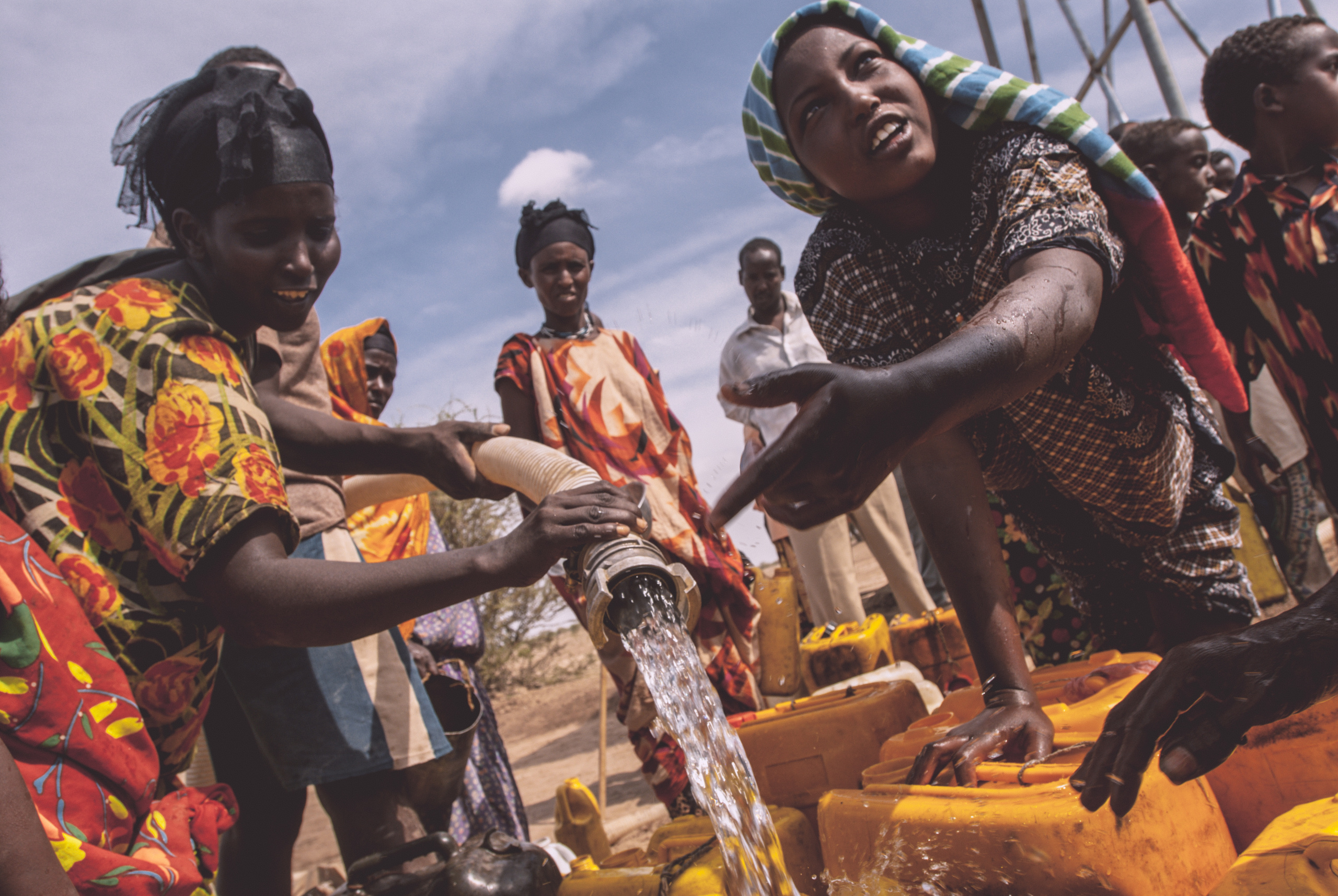Promoting HIV and Family Planning Integration
Of the 36.7 million people living with HIV globally, nearly 26 million live in Africa, reflecting the highest regional burden of HIV/AIDS. Sub-Saharan Africa alone accounts for over 70 percent of new infections each year. At the same time, out of the 214 million women of reproductive age who want to avoid pregnancy but are not using a modern contraceptive method, sub-Saharan Africa faces the highest proportion of unmet need.
Simultaneously at risk of HIV infection and unintended pregnancy, adolescent girls and women in this region are particularly vulnerable due to a number of social and structural factors, such as gender inequality and gender-based violence. As these factors compound, women are limited in their ability to make safe, informed reproductive choices and consequently face higher risk of disease. In fact, HIV is the leading cause of death among women of reproductive age—the disease’s progression and its harmful effects on other pregnancy-related conditions contributes significantly to rates of maternal mortality.
While effective antiretroviral therapies (ART) have been developed and distributed across affected populations over the past few decades, recent progress in reducing the number of new HIV infections has stagnated. A broad consensus within the global health community has affirmed that decreasing rates of transmission and ultimately achieving an AIDS-free generation will require closing programmatic gaps and incorporating HIV services into family planning activities. Learn more about the importance of this integration.



